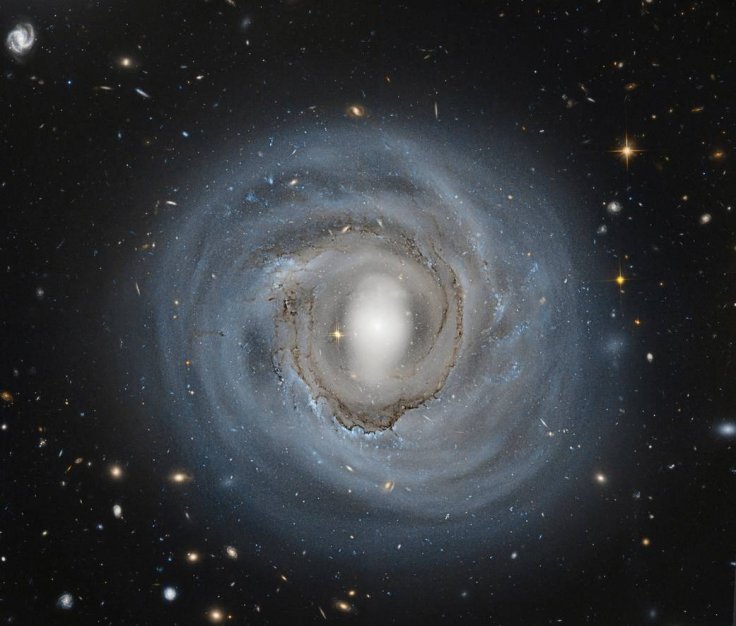
We know that after the Big Bang the Universe was created along with other planets. But, have you ever imagined that this vast and mysterious universe may die one day? Two astrophysicists have researched about it and stated that it will likely go out the way it was formed.
In a study, published in the journal Physical Review D on Wednesday, July 25 scientists have claimed that they have already modelled the possible obliteration scenario. They have suggested one kind of singularity that is a location in the outer space, where the density of any matters become finite and the concepts of space and time lose its existence.
The researchers, however, mentioned that this is a kind of situation when the universe could end with another Big Bang, but on the other hand, they also mentioned about many scenarios under which such a singularity would not develop.
Even though you and your next few generations don't have to be worried about such devastation as any kind of potential death of the universe would come after 30 to 40 billion years later, the model created by Sergey Odintsov and Vasilis Oikonomou will definitely help the scientists in future research.
Imagine the end of the universe is happening, but as it is suggested in the study, the life on earth would end long before that event. Researchers said that in such cases almost 60 million prior to the end of the universe, due to a gravitational pull of the singularity, all the existing matters would turn to plasma as it draws closer to a single point of infinite matter density, until and unless the plasma itself disappears with it.
The authors of the recently published study claimed that it is also possible to witness the growth of the universe infinitely. But it can happen only if the singularity doesn't occur and that also depends on the alternative theories of gravity that "attempt to overcome what many researchers consider to be two enormous problems with our understanding of the universe."
One of the lead authors, Odintsov previously explored the theory published in ResearchGate, called "Big Rip," which suggested that if the universe eventually creates a string 'rip' that tears the fabric of space and destroys everything with it.
The recent study researchers from Harvard have claimed that the universe will explode before the destabilization of the Higgs boson, or "God particle," which is associated with a titular three-dimensional field in space that gives celestial objects their mass. In the study, they also suggested that supermassive black holes are likely lurking nearby to create an interruption in the Higgs field and space-time.
Many people have heard about the "Big Crunch," which is a possible scenario in which the metric expansion of the universe and it re-collapses, while causing a reformation of the universe, starting with another Big Bang. The authors told about the possibility of such a phenomenon in their study while stating that if that happens then the universe will implode back into a singularity.
After the "Big Rip" and shrinking universe that would destroy its existence through a "Big Crunch," the authors talked about the possibility if the third theory described as "Big Freeze" or "Heat Death."
As per the law of thermodynamics, the heat of the universe would be distributed, leaving no room for usable energy for stars to form. So in that case, the death of old starts and the absence of new members will make the universe cold and lifeless.









